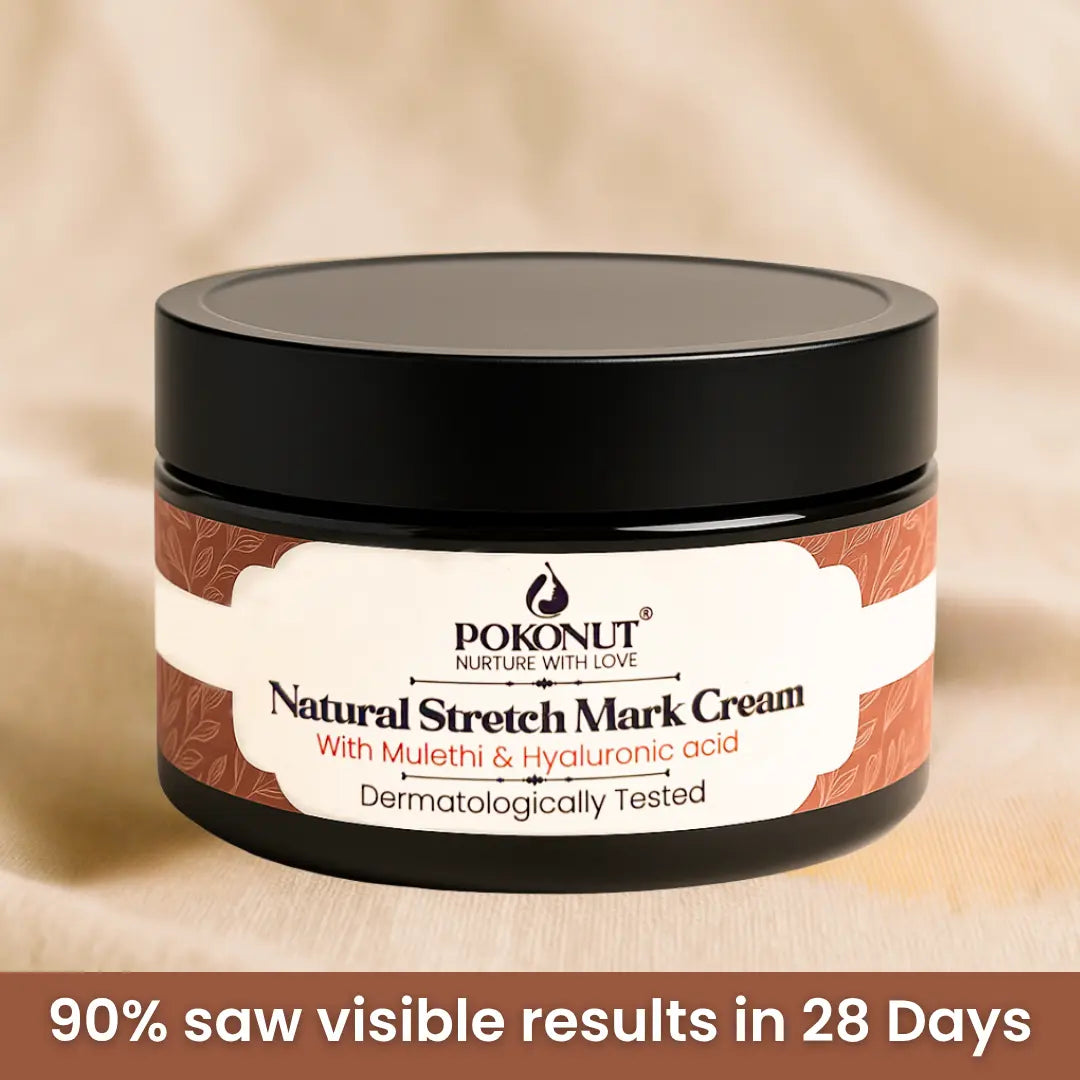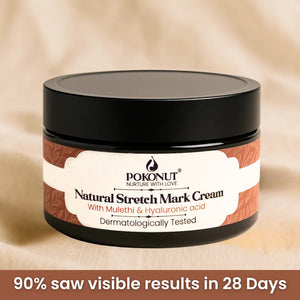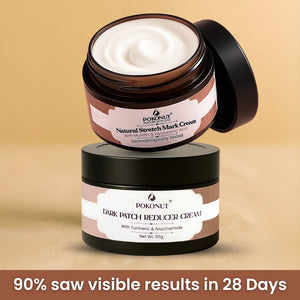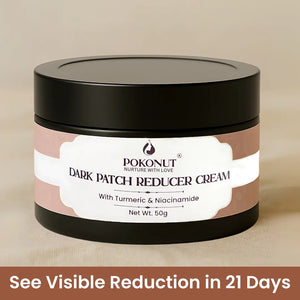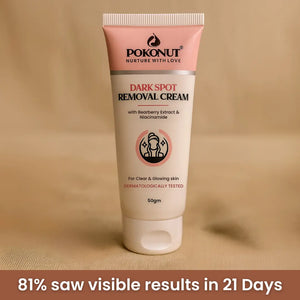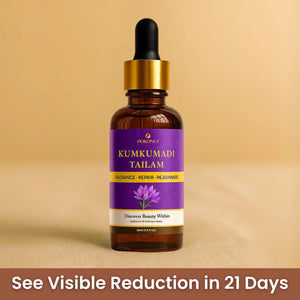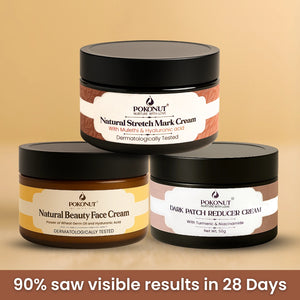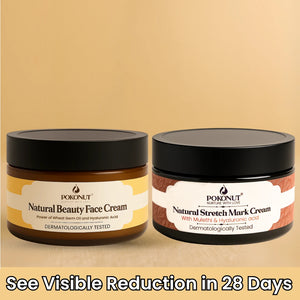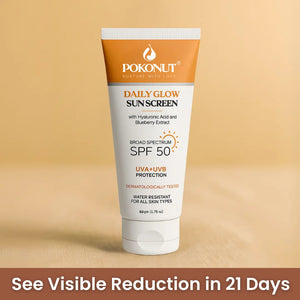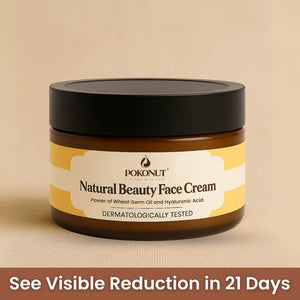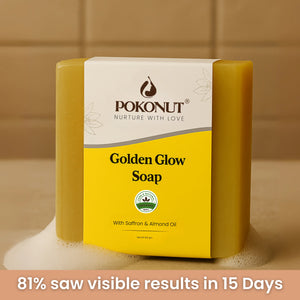How to Get Rid of Uneven Skin Tone and How Long It Really Takes to See Results

Medically Reviewed By:
Dr. Mousumi Dash, BAMS
Written by Our Editorial Team
If you’re searching for how to get rid of uneven skin tone, you’re already taking the right step because uneven tone is extremely common—especially in India. In fact, a scientific survey of 1,204 Indian women from four major cities found that more than 80% had visible facial colour irregularities, including dark patches, dullness and pigmentation.
Source: PMC Study
Uneven tone often develops slowly through sun exposure, hormonal changes, acne marks or even stress. Most importantly, it is treatable. With the right skincare actives, daily habits and consistent protection, your skin can gradually look smoother and more even.
This blog breaks down the science behind uneven skin tone, how to identify your exact type, how to treat it effectively, and how long results realistically take.
What Is Uneven Skin Tone?
Uneven skin tone is a condition where some areas of the skin appear darker, lighter, or duller than others. Scientifically, this happens when melanin—the pigment that gives skin its colour—is produced unevenly or accumulates in certain areas. A damaged skin barrier, chronic inflammation, or hormonal triggers can also interfere with how evenly light reflects off your skin, making tone appear patchy.
In Indian skin, the most common causes are sun exposure, post-inflammatory hyperpigmentation (PIH) after acne, and melasma. Reference: IJDVL Study
What Causes Uneven Skin Tone?
Uneven skin tone can appear for several reasons, and most people experience more than one cause at the same time.
-
Sun exposure is the biggest trigger because Indian UV index levels remain high throughout the year. UV rays stimulate your melanocytes to produce excess melanin, leading to tanning, dark patches and long-lasting pigmentation.
-
Inflammation from acne, rashes or even harsh scrubbing can leave behind PIH, where pigment remains long after the skin injury has healed. For many Indian adults under 35, PIH is the primary cause of uneven tone.
-
Hormones can also influence pigment production. Melasma—common among women aged 40–65—creates symmetrical patches across the cheeks and forehead, and is worsened by heat, sun and pregnancy.
-
Pollution, oxidative stress, dehydration and incorrect skincare products (especially harsh exfoliants or bleach creams) can further damage the skin barrier, making tone appear patchy or dull.
How to Identify Your Type of Uneven Skin Tone
Not all uneven tones are the same, and identifying your type helps you understand what will work best.
Dark Spots
Dark spots usually appear as small, defined marks—most commonly after acne or sun exposure. If your skin develops a brown spot every time a pimple heals, this is PIH.
Broad Patches or Diffused Pigmentation
Large, spread-out patches across the cheeks, forehead or upper lip typically point to melasma or heavy tanning. If the patches appear on both sides of the face in a similar pattern, they are likely hormonal.
Redness or Blotchiness
Some people experience uneven tone as redness instead of darkening. This might be due to sensitive skin, inflammation, or conditions like rosacea. The skin may sting or flush easily.
Dullness and Surface Roughness
Sometimes the tone looks uneven simply because dead skin cells accumulate on the surface, making the face look flat and lifeless. This creates patchy light reflection even without actual pigmentation.
Combination Types
Most Indian skin shows a mix—dark spots + tanning + dullness. According to research, more than 80% of Indian women exhibit mixed pigment patterns, which is why a multi-step but gentle approach is most effective.
How to Get Rid of Uneven Skin Tone
Improving uneven tone requires a combination of sun protection, the right active ingredients, barrier-supporting habits and patience. Here is the routine broken down clearly.
Daily Habits That Matter Most
Your skin improves fastest when your daily habits support it. Without sunscreen, any brightening product you use will either stop working or your pigmentation will keep coming back.
Cleansing twice a day with a mild, pH-balanced cleanser prevents buildup of oil, pollution and sweat that can worsen dullness.
Following this with a hydrating moisturiser helps your skin repair itself faster. Hydrated skin shows results sooner because active ingredients can work more efficiently.
The Science-Backed Ingredients That Actually Reduce Pigmentation
Active ingredients are the backbone of treating uneven tone. Each ingredient works differently, so combining them logically gives the best results.
Vitamin C
A powerful antioxidant that reduces melanin formation by inhibiting tyrosinase. It brightens dullness and protects from UV damage.
Niacinamide
A versatile ingredient that reduces dark spots, controls oil, strengthens the barrier and reduces redness. It’s ideal for Indian skin because it’s gentle yet effective.
AHAs and BHAs
Chemical exfoliants like glycolic acid (AHA) or salicylic acid (BHA) remove dead skin cells, smooth texture and accelerate the fading of pigment.
Retinol
Retinol increases skin cell turnover and helps fade deeper pigmentation. This is ideal for stubborn marks but should be introduced slowly.
Kojic Acid and Licorice Extract
These natural melanin-regulating ingredients are effective for mild to moderate pigmentation and safe for long-term use.
At-Home Remedies That Support the Routine
Home remedies work best as supportive care. Aloe vera soothes inflammation, curd helps mild tanning, turmeric provides antioxidant benefits, and oatmeal reduces irritation. These remedies make the skin healthier but should not replace activities for deeper pigmentation.
A Supportive Addition to Your Routine

If you like skincare that combines gentle activities with naturally nourishing ingredients, products formulated with coconut milk, niacinamide, turmeric and plant-based extracts, such as those found in Pokonut’s uneven skin tone range can complement your daily routine. These kinds of formulations help hydrate the skin barrier, reduce irritation, and support the brightening activities you’re already using. They don’t replace clinical activities but work alongside them to keep the skin healthy, calm and more responsive to treatment.
Lifestyle Factors That Speed Up Results
Sleep, hydration and stress all influence how fast your skin repairs itself. Your skin regenerates at night, so 7–8 hours of good sleep makes a visible difference. Drinking adequate water helps maintain elasticity, and a diet rich in antioxidants (fruits, nuts, leafy vegetables) reduces free-radical activity that can worsen pigmentation.
Stress raises cortisol, which increases inflammation and pigmentation, so stress management becomes an indirect but major part of fixing uneven tone.
How Long It Really Takes to See Results
Uneven skin tone fades gradually because melanin needs time to break down and your skin must complete several renewal cycles. Younger skin renews in about 28 days, while mature skin may take 40–60 days, which is why visible results take weeks—not days.
Sun-Induced Tanning
Sits on the surface layer, so you can see improvement in 3–6 weeks with strict sunscreen, exfoliation and brightening actives.
Acne Marks (PIH)
Because PIH sits deeper, it usually takes 6–12 weeks for noticeable fading, especially if inflammation was strong.
Hormonal Pigmentation (Melasma)
Melasma is slowest to fade because it comes from internal factors and sits deeper. Expect 3–6 months of consistent care; it’s usually managed, not “cured.”
Redness / Blotchiness
If caused by sensitivity or inflammation, improvements begin in 2–8 weeks once the barrier is repaired.
Dullness or Texture-Based Uneven Tone
This responds the fastest. With AHAs or BHAs, skin often looks brighter in 1–2 weeks, with smoother results in 4–6 weeks.
When You Should See a Dermatologist
You don’t always need medical help for uneven skin tone, but certain situations require a dermatologist’s guidance. If your pigmentation falls into any of the cases below, professional evaluation helps you get faster and more accurate results.
When to seek help:
-
If pigmentation is deep or doesn’t improve after 10–12 weeks.
-
If acne marks remain for more than 6 months.
-
If you notice sudden patches or rapid darkening.
-
If pigmentation worsens even with sunscreen.
Dermatologists can recommend targeted solutions like chemical peels, laser sessions, prescription retinoids, tranexamic acid or stronger tyrosinase inhibitors—treatments that address pigment formation at its root.
FAQs
1. Can you fix uneven skin tone?
Yes, uneven skin tone can be improved significantly with consistent care. Using sunscreen daily, including proven brightening actives (like Vitamin C, niacinamide and AHAs), and maintaining a healthy skin barrier can visibly reduce pigmentation, dark spots, tanning and dullness. Deeper pigmentation may take longer, but meaningful improvement is achievable for most people.
2. How do I even out my skin tone naturally?
You can support even-toned skin naturally by focusing on habits that strengthen your barrier and reduce inflammation. This includes drinking enough water, eating antioxidant-rich foods, getting enough sleep, avoiding harsh scrubs, using aloe vera or turmeric for soothing benefits, and staying protected from the sun. Natural remedies help mild unevenness, but pairing them with science-backed skincare gives better, longer-lasting results.
3. Does uneven skin go away?
Uneven skin tone can fade gradually, depending on the cause. Mild tanning and dullness may improve in a few weeks, while acne marks or hormonal pigmentation can take months. Consistency is key—skin renews itself in cycles, so visible results require patience, sun protection, and the right actives.
4. How can Pokonut’s uneven skin tone range support my routine?
If you prefer gentler, nature-forward skincare, Pokonut’s uneven skin tone range can complement your daily routine by providing hydration, soothing ingredients and barrier support. Formulations made with coconut milk, turmeric, niacinamide and other botanical extracts help keep the skin calm and nourished, making your brightening actives more effective over time.
About Doctor :

